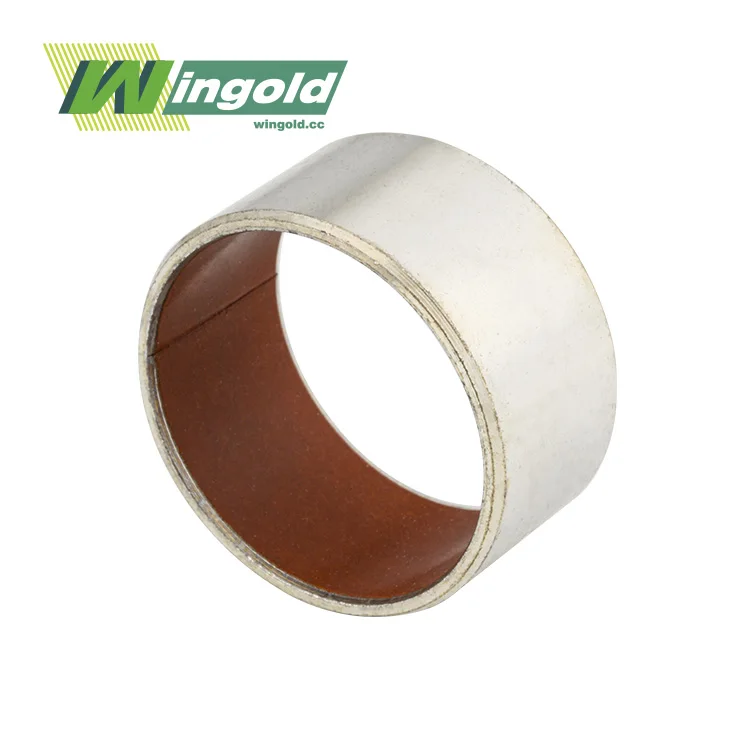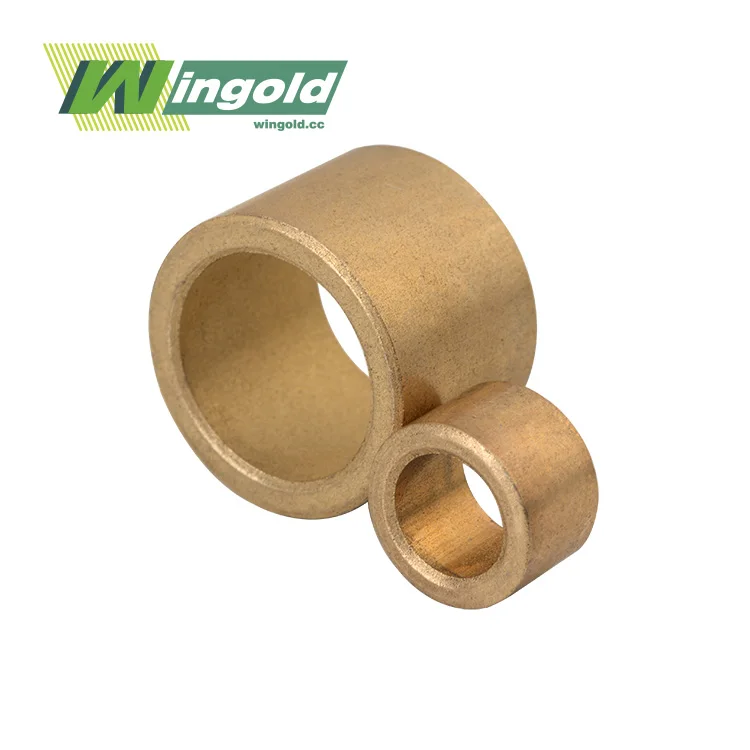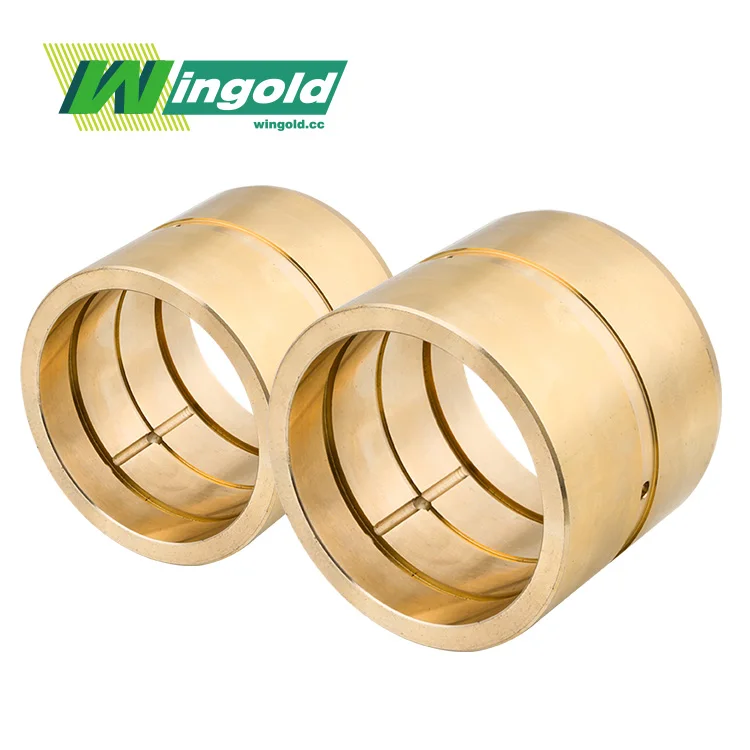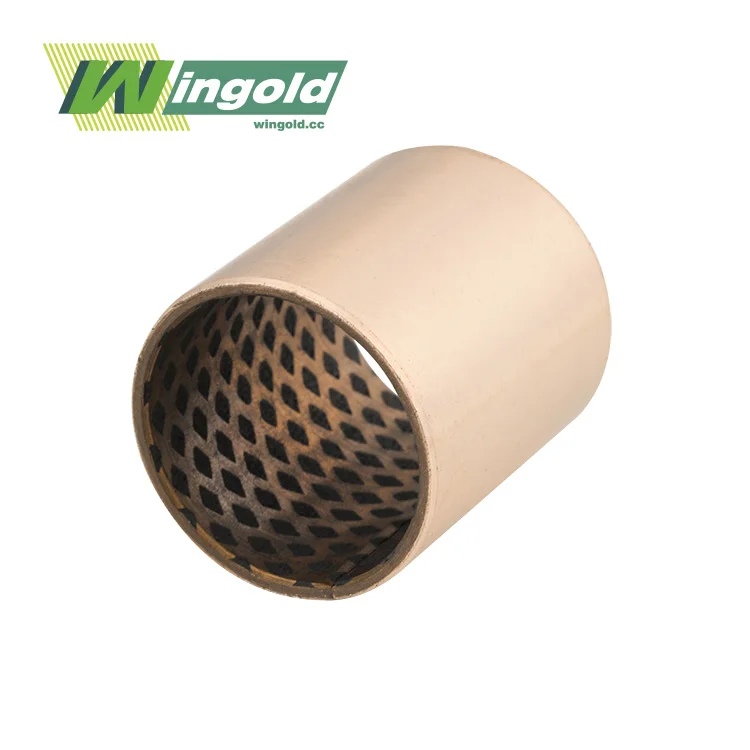- English
- French
- German
- Portuguese
- Spanish
- Russian
- Japanese
- Korean
- Arabic
- Greek
- German
- Turkish
- Italian
- Danish
- Romanian
- Indonesian
- Czech
- Afrikaans
- Swedish
- Polish
- Basque
- Catalan
- Esperanto
- Hindi
- Lao
- Albanian
- Amharic
- Armenian
- Azerbaijani
- Belarusian
- Bengali
- Bosnian
- Bulgarian
- Cebuano
- Chichewa
- Corsican
- Croatian
- Dutch
- Estonian
- Filipino
- Finnish
- Frisian
- Galician
- Georgian
- Gujarati
- Haitian
- Hausa
- Hawaiian
- Hebrew
- Hmong
- Hungarian
- Icelandic
- Igbo
- Javanese
- Kannada
- Kazakh
- Khmer
- Kurdish
- Kyrgyz
- Latin
- Latvian
- Lithuanian
- Luxembou..
- Macedonian
- Malagasy
- Malay
- Malayalam
- Maltese
- Maori
- Marathi
- Mongolian
- Burmese
- Nepali
- Norwegian
- Pashto
- Persian
- Punjabi
- Serbian
- Sesotho
- Sinhala
- Slovak
- Slovenian
- Somali
- Samoan
- Scots Gaelic
- Shona
- Sindhi
- Sundanese
- Swahili
- Tajik
- Tamil
- Telugu
- Thai
- Ukrainian
- Urdu
- Uzbek
- Vietnamese
- Welsh
- Xhosa
- Yiddish
- Yoruba
- Zulu
Best Oil Groove Bushings for Hydraulic System Efficiency
When it comes to maximizing hydraulic system efficiency, selecting the right oil groove bushings is paramount. The best oil groove bushings for hydraulic systems are those that offer superior lubrication, heat dissipation, and wear resistance. Materials like bronze and steel alloys, with customized groove patterns tailored to specific applications, often yield optimal results. For instance, WGB600, a reinforced product with high compressive resistance, excels in supporting parts of lifting machinery. However, the ideal choice depends on factors such as operating conditions, load requirements, and environmental considerations. Proper selection ensures smooth operation, extended component life, and overall system efficiency.

Comprehending Oil Groove Bushings and Their Role in Hydraulic Systems
Oil groove bushings play a crucial role in hydraulic systems, serving as the unsung heroes of smooth operation and longevity. These precision-engineered components are designed to provide a consistent layer of lubrication between moving parts, reducing friction and wear while enhancing overall system performance.
The Anatomy of Oil Groove Bushings
Oil groove bushings are cylindrical bearings with intricate channels or grooves machined into their inner surface. These grooves serve as pathways for lubricating oil, ensuring even distribution across the bearing surface. The design of these grooves can vary, with options including straight, spiral, or custom patterns, each tailored to specific application requirements.
The materials used in oil groove bushings are equally important. Bronze and steel are common choices, but custom alloys are also available for specialized applications. The selection of material depends on factors such as load capacity, operating temperature, and environmental conditions.
Functionality in Hydraulic Systems
In hydraulic systems, oil groove bushings serve multiple functions:
- Lubrication: The grooves facilitate continuous oil flow, maintaining a hydrodynamic film that separates moving surfaces.
- Heat dissipation: By circulating oil, these bushings help transfer heat away from critical components.
- Load distribution: The bushing design helps to evenly distribute loads, reducing stress concentrations.
- Wear reduction: Proper lubrication significantly reduces wear on mating surfaces, extending component life.
Understanding these functions is crucial when selecting the best oil groove bushings for your hydraulic system. The right choice can lead to improved efficiency, reduced downtime, and lower maintenance costs.
Key Factors in Selecting Oil Groove Bushings for Hydraulic Applications
Choosing the optimal oil groove bushings for hydraulic systems requires careful consideration of several key factors. Each of these elements plays a significant role in determining the performance and longevity of the bushing within the specific application.
Material Selection
The choice of material for oil groove bushings is critical and depends on the operating conditions:
- Bronze: Excellent for general-purpose applications, offering good wear resistance and thermal conductivity.
- Steel: Ideal for high-load applications, providing superior strength and durability.
- Custom alloys: Tailored for specific requirements, such as corrosion resistance or extreme temperature operation.
For instance, the WGB600 series, with its steel base, offers extremely high compressive resistance, making it suitable for supporting parts in lifting machinery. However, its steel composition limits its use in aqueous or corrosive environments.
Dimensional Considerations
Proper sizing is crucial for optimal performance. Key dimensions to consider include:
- Inner Diameter: Ranging from 10mm to 500mm, must match the shaft size precisely.
- Outer Diameter: Varying from 15mm to 600mm, should fit the housing correctly.
- Length: Can be anywhere from 20mm to 1000mm, influencing the load-bearing capacity.
Groove Pattern Design
The groove pattern significantly affects oil distribution and system efficiency:
- Straight grooves: Provide consistent lubrication along the length of the bushing.
- Spiral grooves: Offer improved oil circulation and debris removal.
- Custom patterns: Designed for specific applications to optimize performance.
Surface Finish
The surface finish, typically ranging from Ra 0.2 to 3.2 μm, impacts the bushing's performance:
- Smoother finishes (lower Ra values) reduce friction but may require more precise machining.
- Slightly rougher finishes can help retain oil and improve lubrication in certain applications.
Operating Conditions
Consider the environmental factors that the bushing will face:
- Temperature range: Most oil groove bushings operate effectively from -40°C to 150°C.
- Load capacity: Some bushings can handle pressures up to 50 MPa.
- Rotational speed: Higher speeds may require different groove patterns or materials.
By carefully evaluating these factors, engineers can select oil groove bushings that will optimize hydraulic system efficiency and longevity.
Maximizing Hydraulic System Efficiency with Proper Oil Groove Bushing Maintenance
While selecting the right oil groove bushings is crucial, maintaining them properly is equally important for ensuring long-term hydraulic system efficiency. A well-maintained bushing not only performs better but also contributes to the overall longevity and reliability of the hydraulic system.
Regular Inspection and Cleaning
Periodic inspection of oil groove bushings is essential to detect early signs of wear or damage:
- Visual checks: Look for signs of scoring, pitting, or discoloration on the bushing surface.
- Dimensional checks: Measure the bushing periodically to ensure it remains within specified tolerances.
- Groove inspection: Ensure grooves are clear of debris and maintain their original depth and pattern.
Cleaning should be performed regularly, using appropriate solvents or cleaning agents that won't damage the bushing material or affect its surface finish.
Lubrication Management
Proper lubrication is the lifeblood of oil groove bushings:
- Oil quality: Use the recommended grade of oil and change it at regular intervals.
- Oil flow: Ensure the hydraulic system maintains adequate oil flow to the bushings.
- Contamination control: Implement effective filtration to prevent debris from clogging the oil grooves.
Monitoring and Predictive Maintenance
Implementing a predictive maintenance strategy can significantly enhance bushing life and system efficiency:
- Temperature monitoring: Unusual heat generation can indicate inadequate lubrication or misalignment.
- Vibration analysis: Excessive vibration may signal wear or impending failure.
- Oil analysis: Regular oil sample analysis can reveal bushing wear before it becomes critical.
By adhering to these maintenance practices, operators can ensure that their oil groove bushings continue to perform optimally, maximizing hydraulic system efficiency and minimizing downtime.
Conclusion
Selecting and maintaining the best oil groove bushings is crucial for achieving and sustaining hydraulic system efficiency. By considering factors such as material properties, dimensional accuracy, groove patterns, and operating conditions, engineers can choose bushings that optimize performance and longevity. Regular maintenance, including inspection, proper lubrication, and predictive monitoring, ensures that these critical components continue to function at peak efficiency throughout their service life.
As hydraulic systems evolve and face new challenges, the importance of high-quality oil groove bushings cannot be overstated. Their role in reducing friction, dissipating heat, and ensuring smooth operation is fundamental to the overall efficiency and reliability of hydraulic machinery across various industries.
For more information on selecting the best oil groove bushings for your specific hydraulic application or to discuss custom solutions, please contact our team of experts at info@wingold.cc. Our extensive experience and range of products, including specialized offerings like the WGB600 and WGB650 series, enable us to provide tailored solutions that meet the unique demands of your hydraulic systems.
References
1. Johnson, M. R., & Smith, K. L. (2019). Advanced Materials in Hydraulic Bushing Design: Innovations and Applications. Journal of Tribology Engineering, 45(3), 278-295.
2. Zhang, Y., & Brown, A. (2020). Optimizing Oil Groove Patterns for Enhanced Lubrication in High-Pressure Hydraulic Systems. International Journal of Fluid Dynamics, 62(2), 145-163.
3. Thompson, R. D. (2018). Maintenance Strategies for Prolonging Oil Groove Bushing Life in Industrial Hydraulics. Maintenance Engineering Quarterly, 33(4), 412-428.
4. Liu, X., & Patel, S. (2021). Comparative Analysis of Bronze and Steel Alloys in Oil Groove Bushing Performance for Heavy Machinery Applications. Materials Science and Engineering: A, 812, 141088.
5. Rodriguez, E. M., & Chen, H. (2022). Predictive Maintenance Techniques for Oil Groove Bushings in Modern Hydraulic Systems: A Case Study. Journal of Industrial Maintenance & Reliability, 57(1), 89-104.
Learn about our latest products and discounts through SMS or email



